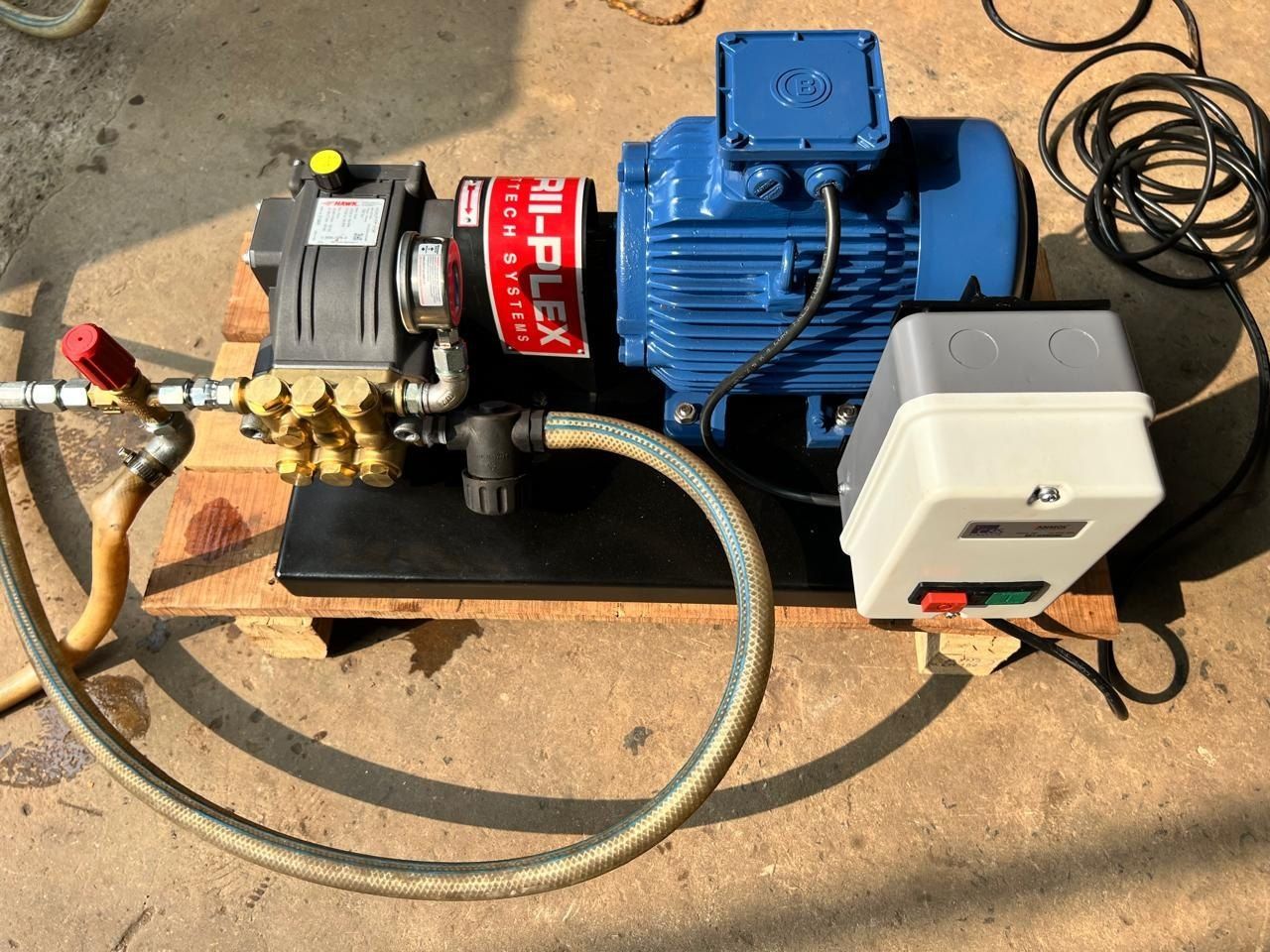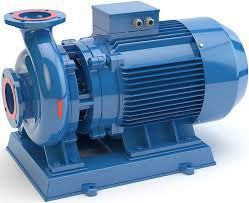Everything You Need to Know About Modern Fluid Pump Technology
Fluid pump technology refers to mechanical systems used to move liquids from one place to another through controlled pressure and flow. Pumps are essential in homes, industries, agriculture, laboratories, wastewater plants, and energy systems. They exist due to the basic need for fluid transfer—whether it's supplying drinking water, circulating coolant in engines, supporting chemical processing, or enabling irrigation.
Over time, pump technology has evolved from simple hand-operated devices to highly efficient automated systems equipped with sensors, digital controls, and smart monitoring capabilities. Modern pumps are designed to deliver consistent performance while reducing energy use and improving reliability.

Importance
Fluid pumps matter today because they support essential sectors and help solve a range of practical problems:
Who It Affects
-
Homeowners using water pumps for domestic supply
-
Industrial companies dependent on coolant, lubrication, and process fluids
-
Agriculture and irrigation systems
-
Municipal water treatment facilities
-
Oil and chemical industries
-
HVAC systems in buildings
Problems Fluid Pumps Solve
-
Delivering water pressure in homes
-
Maintaining stable flow in manufacturing processes
-
Ensuring precise dosing in chemical plants
-
Supporting fire hydrant systems
-
Enabling cooling for machinery and electronics
-
Transportation of fuels and industrial fluids
Modern pump technology also contributes to sustainability initiatives by improving energy efficiency and reducing water and energy waste. Industries benefit from reduced operating costs, while communities experience improved access to clean water and reliable fluid management.
Recent Updates
The fluid pump industry has seen several developments in the past year, driven by digitalization, automation, and sustainability demands.
Notable Trends
-
Smart pump systems (2024–2025): More manufacturers are integrating sensors, IoT monitoring, and remote-control systems. These help operators detect pressure imbalances, leaks, or inefficiencies in real time.
-
Energy-efficient motors (2024): New designs follow updated global efficiency standards, reducing electricity consumption in industrial environments.
-
Use of AI-driven predictive maintenance (2024–2025): Companies are adopting machine learning tools that analyze pump performance and predict failures before they occur.
-
Eco-friendly materials and low-emission pumps (2024): Growing emphasis on durable, corrosion-resistant materials and reduced environmental impact.
-
Increase in demand for centrifugal and positive displacement pumps (2024–2025): Driven by growth in pharmaceuticals, food processing, and urban water systems.
Industry News
| Trend | Year | Impact |
|---|---|---|
| Smart industrial pumps adoption | 2024–2025 | Enhances remote monitoring and lowers downtime |
| Updated motor efficiency standards | 2024 | Reduces energy consumption in manufacturing plants |
| Growth in wastewater infrastructure investments | 2024 | Increases demand for high-capacity pumps |
| Rising demand for agricultural irrigation pumps | 2023–2024 | Supports crop productivity in water-scarce regions |
Laws and Policies
Regulations for fluid pump technology differ by country and typically focus on safety, environmental impact, and energy efficiency. Below are commonly observed regulatory areas:
Energy Efficiency Standards
-
Many countries follow international guidelines such as IEC motor efficiency standards, requiring pumps to meet minimum energy performance levels.
-
Governments encourage the use of energy-saving pump systems through compliance norms.
Environmental Regulations
-
Water discharge and treatment laws impact pump use in wastewater plants.
-
Industrial pumps must comply with pollution control norms relating to fluid handling and leakage prevention.
-
Hazardous chemical pump systems must meet safety standards to prevent spills and contamination.
Building Codes and Safety Requirements
-
High-rise buildings must follow local fire safety regulations, which dictate pump capacity and reliability.
-
Pressure vessel and pump installation safety codes ensure the structural safety of equipment.
Agriculture and Irrigation Policies
-
Subsidies or support programs in some regions promote the adoption of energy-efficient irrigation pumps.
-
Water conservation laws influence pump design and usage in farms.
Tools and Resources
Below are some helpful tools, calculators, and resources that can support understanding, selecting, or maintaining fluid pump systems:
Online Tools
-
Pump Efficiency Calculators – Estimate energy savings for various pump models.
-
Flow Rate Calculators – Determine required pump size based on application.
-
Pumping System Optimization Software – Helps evaluate system design for energy efficiency.
Websites and Learning Platforms
-
Manufacturer technical manuals for maintenance guidance
-
Engineering communities and forums for troubleshooting
-
Industry standards publications: ISO, ASME, and IEC
Maintenance and Monitoring Tools
-
IoT sensor kits for vibration and pressure monitoring
-
Predictive maintenance software
-
Pump performance dashboards
Useful Templates
-
Maintenance checklist templates
-
Inspection logs
-
Installation guidelines
FAQs
1. What is the difference between centrifugal and positive displacement pumps?
Centrifugal pumps use rotational motion to create flow, making them suitable for large volumes and low-viscosity fluids. Positive displacement pumps move fluid by trapping fixed volumes, ideal for thick or precise dosing applications.
2. How do I determine the right pump size for an application?
Pump selection depends on flow rate, pressure requirements, fluid type, operating temperature, and system design. Online calculators or manufacturer guidelines can help in estimating the correct capacity.
3. Are modern fluid pumps energy-efficient?
Yes, many models follow updated international standards and include variable-speed drives (VSDs) that adjust motor output based on real-time demand, helping reduce electricity consumption.
4. What causes pump failure?
Common reasons include improper installation, cavitation, wear and tear, incorrect pump selection, clogged filters, or inadequate maintenance. Monitoring systems can help detect issues early.
5. How often should pumps be serviced?
Service intervals depend on usage and environmental conditions, but routine inspections are recommended every few months, with comprehensive maintenance conducted annually or as per manufacturer instructions.
Final Thoughts
Modern fluid pump technology plays a critical role across sectors by ensuring efficient and safe fluid movement. Advancements in smart monitoring, automated controls, and energy-efficient design have improved reliability, reduced operating costs, and supported sustainability goals. Understanding the fundamentals, recent trends, applicable regulations, and available tools can help users make informed decisions about selection, maintenance, and system optimization.





